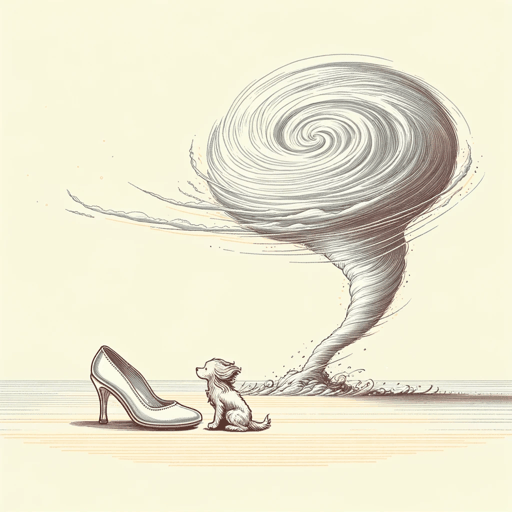75 pages • 2 hours read
L. Frank BaumThe Wonderful Wizard of Oz
Fiction | Novel | Middle Grade | Published in 1900A modern alternative to SparkNotes and CliffsNotes, SuperSummary offers high-quality Study Guides with detailed chapter summaries and analysis of major themes, characters, and more. For select classroom titles, we also provide Teaching Guides with discussion and quiz questions to prompt student engagement.
Background
Authorial Context: L. Frank Baum’s Experiences in the American Midwest
Between 1888 and 1891, Baum moved his family to Aberdeen, South Dakota. At the time, this part of the country was experiencing severe drought. It was popularly believed, and accordingly instituted in land allotments and farming recommendations, that dry farming (non-irrigated farms in dry areas) could successfully produce crops. This method of agriculture proved to be unsustainable, especially during times of particularly low precipitation—as was the case in the late 1800s. This disastrous period, when many people starved to death, contributed to the Federal Reclamation Act of 1902; loans were given to farmers to install irrigation in arid areas.
Baum was clearly affected by the devastation he witnessed. His depiction of Uncle Henry and Aunt Em’s Kansas farm is of an adversarial and brutally barren land that drives those upon it to misery and exhaustion. His Scarecrow represents farmers who are unable to make the land yield crops. Baum was extremely sympathetic to the farmers’ revolts that took place while he lived in Aberdeen, many of which were reported on in the newspaper that he edited, the Aberdeen Saturday Pioneer. In the Land of Oz, Baum creates a land that is the opposite of the Kansas prairies: It is verdant and lush.

